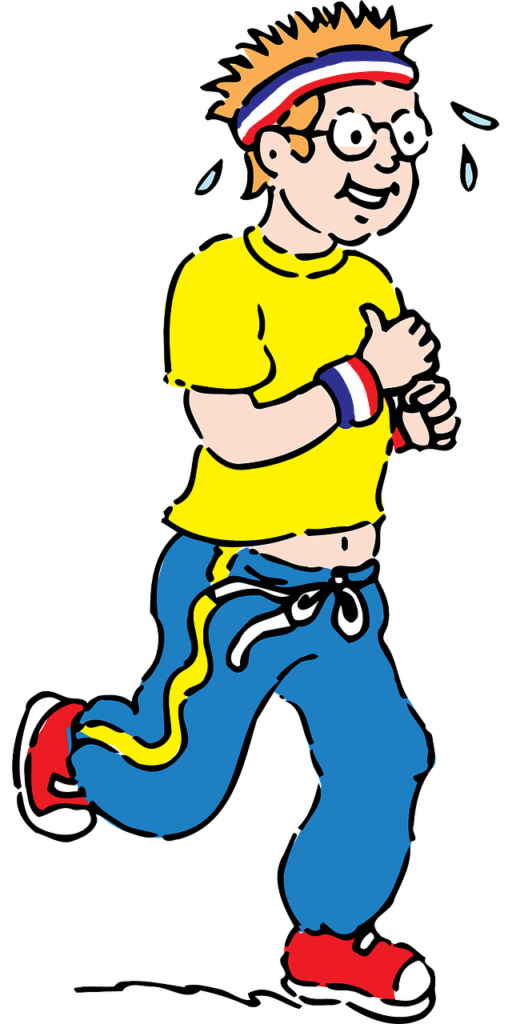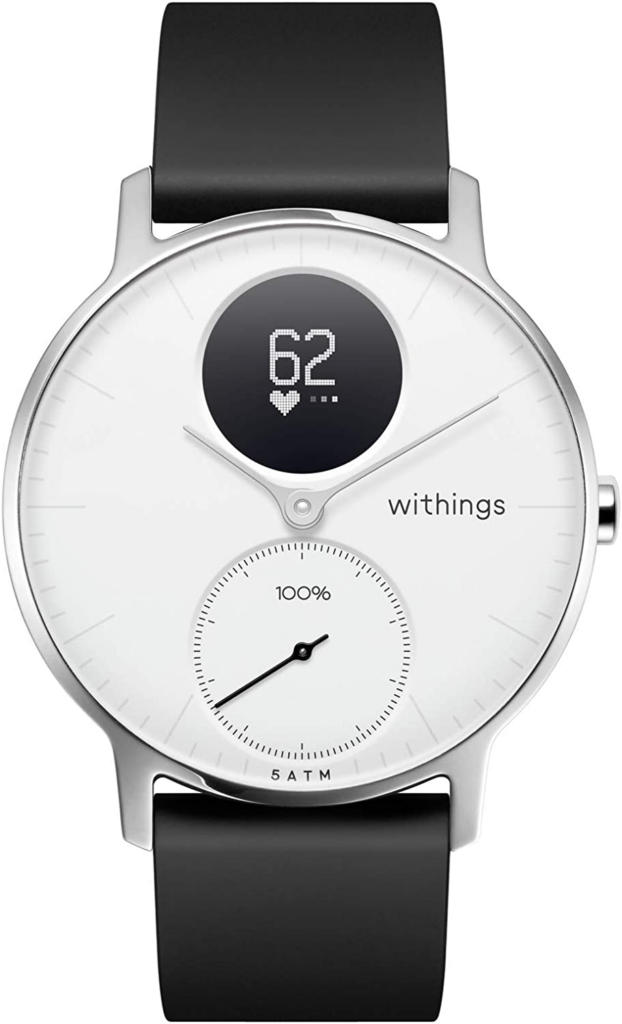
“Go out and run!” “A little more exercise in your life would do you good.” “Maybe this suits you?” I’ve received numerous suggestions and recommendations for exercise in my life, and I’ve lost count of them. Do I exercise more because people tell me to? Hardly, I don’t find it enjoyable at all. Yes, I notice that I feel good after exercising, but I feel just as good, or maybe even better, doing something I find fun. So, how does one motivate someone to do regular exercise for Autism?
Exercise for Autism: It’s not that simple, is it?
Autism affects interaction, communication, and behaviors. Exercise can have many positive effects for individuals with autism, such as boosting self-esteem, improving body control and coordination, and reducing stress and anxiety. Choosing exercises tailored to the individual’s interests and abilities is crucial. This can include physical activities, sports and games, as well as activities like yoga and dance. An experienced trainer who understands their specific needs can be immensely helpful.
Tips for Motivating Exercise in Autism
To motivate someone with autism to start exercising, consider the following tips:
- Identify and Incorporate Interests: Suggest exercises related to their interests, making the experience more enjoyable. For instance, if they enjoy swimming, suggest starting with swimming as an exercise.
- Make it Fun and Positive: Turn exercise into a fun and positive experience by playing music or engaging in sports together.
- Establish a Predictable Routine: Help create a workout routine that is predictable and reliable, offering a sense of stability.
- Provide Encouragement: Offer encouragement and positive feedback for even the smallest achievements.
- Offer Choices: Allow the person to make choices regarding exercise, including location, time, and activity.

For me, finding the right exercise is crucial. I engage in cycling, as I find it somewhat entertaining. My son regularly “swims,” providing him with excellent exercise. However, the sensory environment of a swimming pool can be overwhelming for someone with Autism.
Tailored Exercise for Individuals with Autism
For individuals with autism, it may be suitable to exercise independently with activities that provide a high degree of control and predictability. Some suggestions include:
- Yoga: Enhances body control, flexibility, and reduces stress and anxiety.
- Swimming: Offers freedom of movement in water, allowing the body to feel weightless.
- Running or Jogging: Provides a sense of freedom, contributing to increased self-esteem and body control.
- Cycling: Allows control over speed and direction, making it a suitable solo exercise.
Choosing an exercise that the person enjoys and feels comfortable with is crucial. Failure to find the right form of exercise can create more stress and anxiety.
Challenges in Starting Exercise for Individuals with Autism
People with autism may encounter several challenges when starting to exercise:
- Sensory Sensitivities: Exercise can create feelings of anxiety and stress, especially if the individual is unfamiliar with a specific activity or uncomfortable with the exercise environment.
- Sensory Overload: Sensitive senses may react strongly to light, sound, or touch, making the exercise environment challenging to handle.
- Uncertainty: Lack of understanding of the rules and expectations in a specific exercise activity can lead to insecurity.
- Overwhelmed Environment: Crowded places and loud noises in a gym or exercise area can be overwhelming.
- Difficulty Following Instructions: Following instructions from a trainer might be challenging for someone with autism.
Stepping into a gym alone can be a significant step for someone with Autism. The environment, the scents, bright lights, and the anticipation of societal expectations can be daunting. Supporting individuals with autism during the exercise process and working with a trainer who understands their specific needs can be immensely helpful.
Harnessing Technology and Pets for Motivation

I’ve been a Google enthusiast for a long time, and incorporating Google Fit into my routine was a natural choice. For the past few years, I’ve combined the app with a fitness tracker from Withings, which monitors my pulse and tracks my activities. As someone with autistic traits, I find motivation in the statistics generated by the watch, pushing me to take that extra walk.

About a year and a half ago, my wife got a dog named Frippe. While it wasn’t entirely a joint decision, she was determined, and I had to go along with it. Frippe has become one of my motivations. As the one who exercises the most with the dog, I take those walks regardless of the weather. Walking in nature is relaxing, but navigating the neighborhood feels stressful – and the obligation to socialize with other dog owners. Nevertheless, I can attest that my fitness has never been better during the past fall. Indeed, finding motivation in a workout buddy is possible.
Conclusion: Embracing a Personal Journey to Wellness
In the pursuit of understanding the intricacies of exercise for autism, I’ve discovered that the path to wellness is as unique as the individuals embarking on it. The journey isn’t solely about adhering to conventional norms but rather embracing a personalized approach that resonates with one’s interests and comfort.
Through this exploration, I’ve found solace in cycling, my son has discovered the joy of simulated swimming, and Frippe, our furry companion, has become an unexpected motivator. It’s a testament to the fact that exercise, when aligned with personal preferences and sensitivities, can be a source of joy rather than a chore.
As someone navigating the realms of high-functioning autism, I’ve encountered challenges, uncertainties, and moments of triumph on this expedition towards a healthier lifestyle. It’s not just about meeting societal expectations but about honoring individual choices and fostering a positive and meaningful relationship with exercise.
In the realm of technology, my trusty fitness tracker and Google Fit have become allies, transforming statistics into motivational cues that encourage that extra step or additional stretch. It’s a reminder that technology, when harnessed thoughtfully, can be a powerful tool in our wellness journey.
In closing, let us remember that the essence of exercise for autism lies not in conforming to external pressures but in celebrating the victories, big and small, that contribute to a holistic sense of well-being. The key is to tread this path with compassion, understanding, and an unwavering commitment to self-discovery.
May your journey be filled with discoveries, joy, and the empowerment that comes from embracing a form of exercise that speaks to your unique self. Here’s to a future where each step towards wellness is a step towards a more fulfilling and balanced life.
Thank you for joining me on this expedition through the realms of autism and exercise. Until next time, keep moving, keep exploring, and above all, keep celebrating the incredible journey of self-discovery and well-being.



Leave a Reply